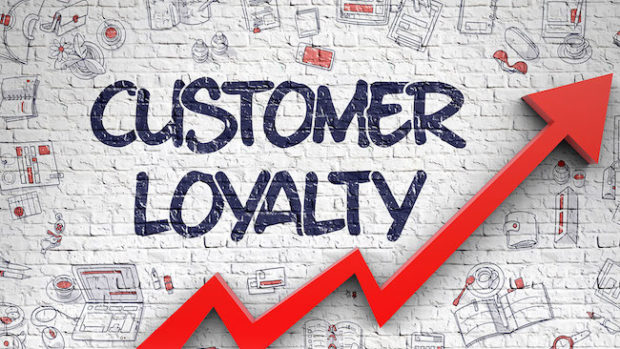Recently, supply chain and retail technology experts, Manhattan Associates researched the impact COVID-19 has had on consumer expectations and demands, driven by an accelerated shift to digital and its catalytic effect on eCommerce growth (which looks set to continue in 2021, albeit at a slower rate of 14.3 per cent).
According to its findings, the most important trend retailers need to be aware of, and respond to, is the ability to fulfil online orders, both flexibly, efficiently and profitably.
The research shows that the role of stores will continue to expand, as more consumers shop online and expect a choice of flexible fulfilment options; extending the value of physical store locations far beyond the traditional scope.
For the majority (81 per cent) of retailers, in-store and online operations are interconnected. But only 40 per cent stated that if a product was out of stock, customers could order it online; get advice on fulfilment options (48 per cent); buy online and return in-store (46 per cent), or even buy in-store and return online (41 per cent).
With greater inventory visibility, retailers can optimise what is available online (or in-store) without having to compromise the customer experience at all. In fact, improved availability and accuracy of products across the entire supply chain network can often lead to far happier customers overall.
In line with customer expectations, nearly all (99 per cent) senior retail decision-makers surveyed said their organisations equip store associates with handhelds. But only 50 per cent can use them for customer service in-aisle or support checking out on the shopfloor.
Despite this, nearly two-thirds of retail respondents say checking stock availability (64 per cent), and provision of product knowledge (63 per cent) were among the top three most important duties performed by store associates. Joint third are sharing personal experience of products and the opportunity to upsell and cross-sell different product lines (58 per cent).
Craig Summers UK MD, Manhattan Associates, commented: “Establishing technology foundations that enable retailers to react and adapt quickly and seamlessly to sudden industry shifts has been a vital component for success over the last 18 months. Having visibility across your entire supply chain with a single view of inventory across the network, rather than traditional silos such as warehouse, stores and transport functions, is key to managing disruption effectively.
“Whether it’s being able to offer reliable remote customer communications, social distancing measures for employees in warehouses, or fit for purpose eCommerce and omnichannel solutions to meet the demand for phenomena like virtual queuing or click and collect services, preventing disruption for the end customers starts with supply chain awareness and agility.”
As the research underlined, consumers are raising the bar for retailers in terms of in-store and online expectations. As retailers plan for a post-pandemic world, it is important to work with technology, processes and people in a seamless way that not only satisfies customer expectations, but delights them.
The research findings suggest there is a disconnect between what retailers say they provide customers and how well this meets those customers’ expectations. While many retailers may understand how important it is to get the basics right, many have some way to go before they can genuinely claim to not just be meeting, but exceeding the rapidly evolving expectations of their increasingly digitally aware customers.








Share